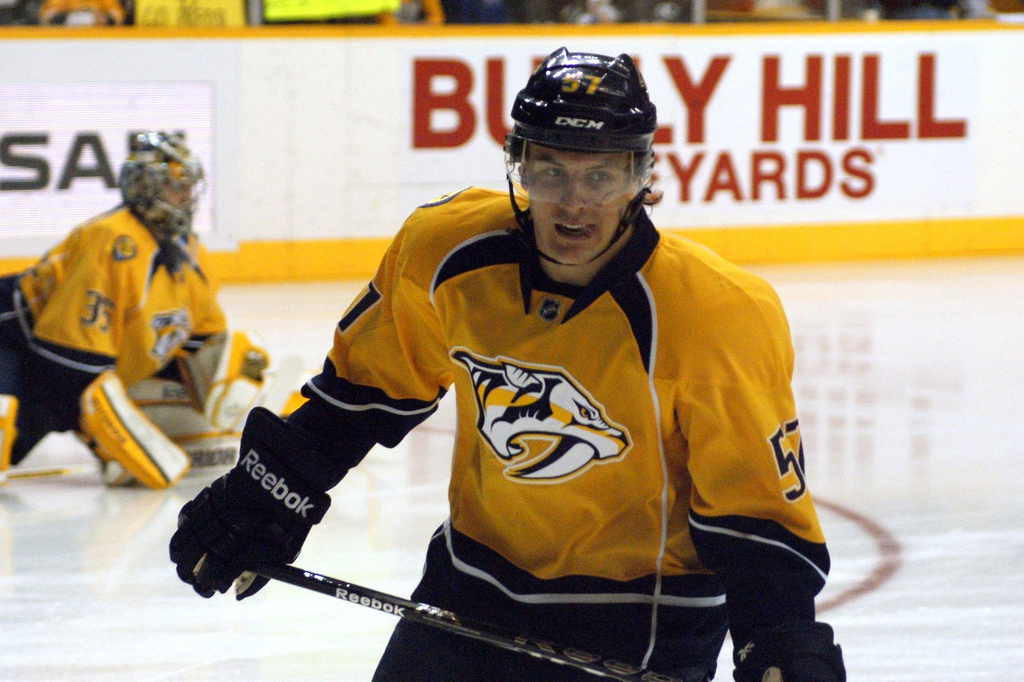I love Jered Weaver. You love Jered Weaver. Love only goes so far though. It is high time we set that love aside and admit what we’ve all known but been to ashamed to admit: Jered Weaver isn’t an ace anymore.
This has been something of a debate in the Angelsphere this year. Is Weaver the ace or Garrett Richards the ace? A lot of that answer depends on your definition of “ace.” But a lot of it is pretty cut and dry because the answer is definitely NOT Jered Weaver. So, really, it is just a debate about whether or not Richards clears the ace bar. But this isn’t about Richards, this is about Weaver and his fall from grace.
We should have seen this coming. Some of us actually did see this coming but stuck their head in the sand because it was so too painful to acknowledge (/raises hand). Barring a suddenly dominant stretch to close out the season, this will be the third year in a row that his ERA has gone up. Same goes for his FIP, so he can’t even play the “unlucky ERA year card.” No, his ERA-FIP gap in 2014 of 0.54 is right on par with his career gap of 0.44. His BABIP, HR/FB% and strand rate are right at career norms as well. There is nothing abnormal going on for Weaver this year.
Well, except for him generally getting worse. The most obvious symptom of this is that his K% and BB% are going in opposite directions. His strikeout rate sits right at 18.0%, his lowest rate since 2007 and a far cry from his peak rate of 25.7%. Like his ERA, his K% has gotten worse every year since 2010. On the other side of the spectrum, Weaver’s walk rate of 7.7% is the worst mark of his career. For most pitchers, that’s a good rate, but relative to Jered, it stinks. His walk rate hasn’t been over 6.1% since 2009.
You might be noticing a trend here. 2010 was the year that Weaver began pitching like an unquestioned ace. That was the year he won the strikeout title, made his first All-Star game and appeared on a Cy Young ballot for the first time. Before that, Weaver was just a solid mid-rotation pitcher. You could see the potential he had to become something more, but he hadn’t achieved that potential yet. In fact, if you go back and compare Weaver’s 2009 stat line (both traditional and sabermetric) to this year and they will look nearly identical. The only thing different is Weaver’s age. Jered’s now on the wrong side of 30 and that promise of unrealized potential is long gone. It’s been realized and is now slipping away into the ether.
The problem now is that what looms for Weaver is something much more concerning. His much-documented loss of velocity has cast a shadow over the remainder of his career. His fastball velocity has gone down again this year just as it has every year since, you guessed it, 2010. It now is just barely peaking over the 86 MPH line. That velocity is done and not coming back and it will take a special kind of wizardry for anyone to pitch at a high level with such low velocity, especially with eroding command like Jered has clearly demonstrated this year.
Despite all these obvious trends, that aforementioned love for Weaver actually had us believing he’d find that wizardry. How many times did we try and talk ourselves into Weaver bouncing back because he finally dealt with his bicep tendinitis or changed his arm slot or introduced a cutter or whatever new tweak he was making to his game? None of that has worked, not for more than a few weeks, anyway. It is high time we give up on those glimmers of hope and just accept the reality that Weaver is once again a solid mid-rotation starter who can occasionally dominate and is only going to continue to decline. It may not be a fun reality, but there is no sense in denying it.
Add The Sports Daily to your Google News Feed!
